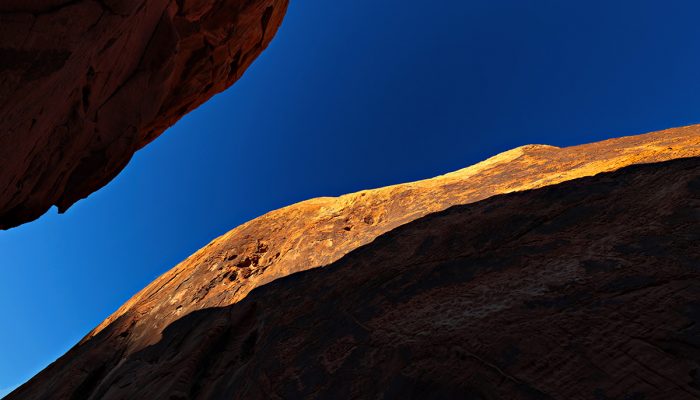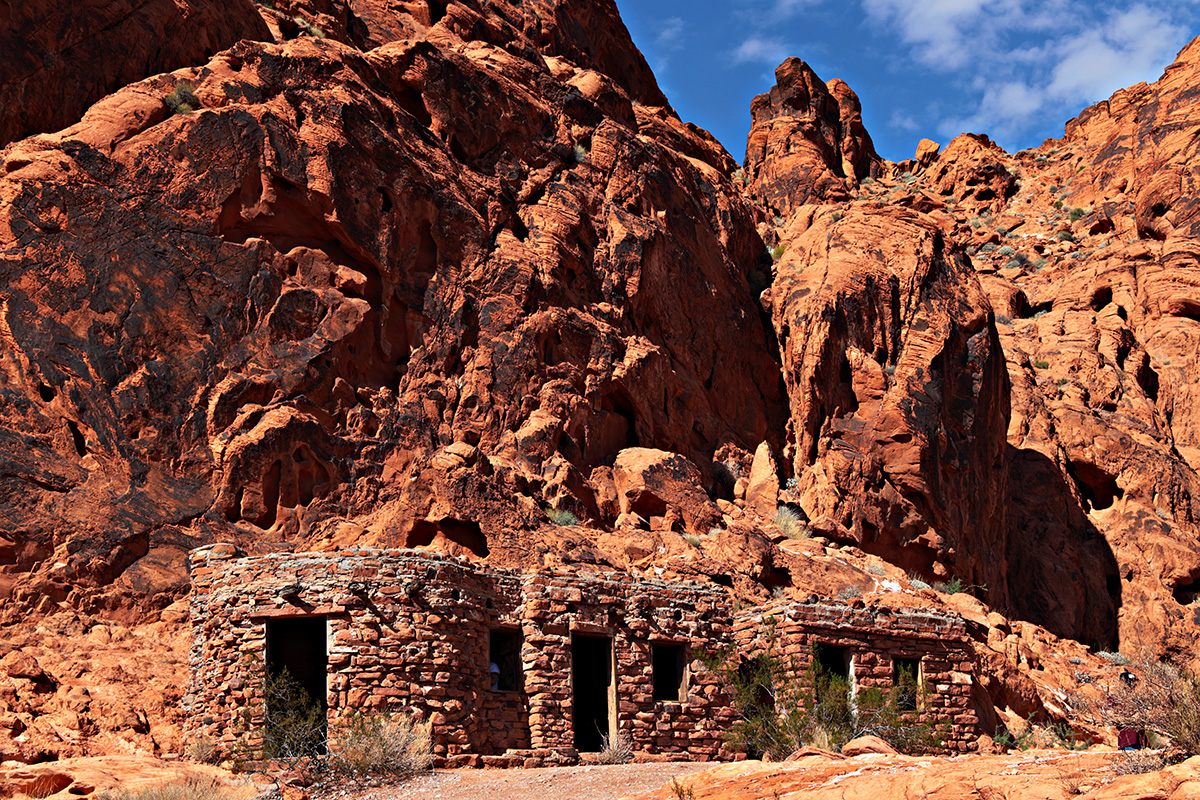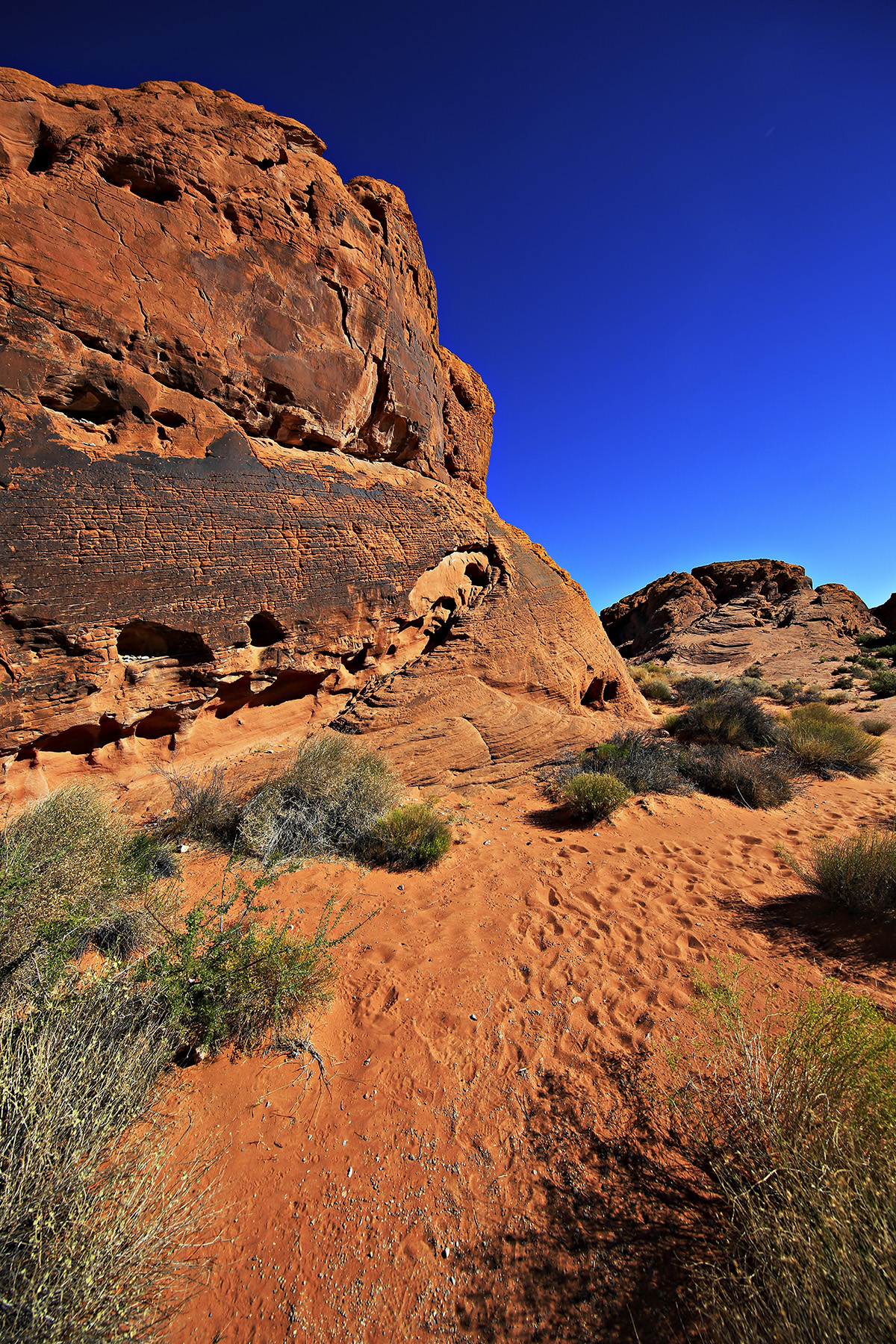Only an hour and a half away, in Keizer, Oregon, was the one and only In-N-Out burger in the entire state. The mecca of burgers.

It’s possible there’s a lesson in this one. Really. For the discerning and dedicated image maker. It’s most likely buried towards the back, like a supermarket.
A recent trip with my f64 Live crew to Valley of Fire State Park in Nevada turned out to be almost as much about water as it did fire, but overall was a nice time in a State Park I hadn’t been to before. Of the four days I was there, it rained quite a bit on two, with nice mix of thunder and lightning, and was “totally closed out” (as Johnny Utah said to Bodhi in Point Break) for most of those days. (a bit about this later… hint, hint.) Add in the fact that I spent at least a half day (not one of the rainy ones, dammit) taking full advantage of being only about an hour away from Vegas, where I could arrange to pick up the new, mirrorless Canon EOS R camera just introduced, (I was going to get one anyway, and thought… if I can get it now and use it on this trip, that’s a no brainer!) and that’s at best a day and a half of camera time for my Valley of Fire visit. I was happy with it anyway, the new camera is pretty spectacular on a number of levels, and I managed to get some decent stuff. Nothing great, or even near great, but a few nice images and some great company.

Located in the Mojave Desert, Valley of Fire was designated as Nevada’s first state park in 1935, and there really is plenty to do and see there when it isn’t rained out, with huge, sandstone red rock formations, slot canyons, petroglyphs, fire wave rocks, a natural rock arch or three, “cabins” from the 1930’s, and hiking and rock climbing opportunities everywhere. It isn’t a giant park, the road from the west entrance to the east entrance is only about 10 miles long, but there’s a bunch squeezed in there.

Finally, and yes… here’s the good bit; an interesting commentary/addendum presented itself on how momentary, fleeting and unexpectedly a great image can make itself available — even in, and/or perhaps because of, the worst conditions. I was judging an image competition a few weeks after this trip and an image came up that was a long landscape panoramic of a stormy desert vista. The image was pretty spectacular, with a brooding, stormy sky, a dense pocket of rain feathering down on the right hand side of the image with a thin bit of sun breaking through the horizon off in the distance near the image center. All three judges give it a really good score, it gets challanged up and gets an even better score, (92, if i recall correctly. 100 is max and a score in the 90’s usually only happens a couple times a competition at most) then goes on to win Best of Class and Best of Show. Turned out I knew the photographer, (had no idea it was his image when judging) and asked him where he shot it. And he shot it at the Valley of Fire trip I was on, during one of the trips to the park when it was raining and “closed out.” On the drive to the park, he saw the scene off in the distance,stopped to grab some images and continued on to the park. He said it was a stoke of luck… the image before and the image after were both nothing. Just this one great image on a nothing day, with bad weather on a wet, rainy drive. But… it wasn’t luck. he took the drive, went the extra step, going out in the rain with every chance of getting nothing and it paid off big. The lesson, as always, is you miss 100% of the swings you don’t take. Take the extra step, and then the step after that. This is what separates those who come home with a great image, and those who don’t.









This Post Has 0 Comments